Blow out of the water. How strong are American AUG?
This week a popular article by the shipbuilding engineer A. Nikolsky appeared on the Internet “The Russian fleet goes under water,” in which the author carefully explained why the carrier strike group is the most effective form of organizing modern fleet and why American destroyers are capable of shooting down hundreds of anti-ship missiles at a time, and the Aegis combat information system has no analogues in the world.
This article, being a response to A. Nikolsky, does not set a goal for someone to embroil, insult or prove the ultimate truth. Just considered a number of logical paradoxes from the previous article and given an interpretation of the situation from a different point of view.
Not. The legs of the Russian fleet of high-strength austenitic steel AK-32 with a yield strength of 100 kgf / mm2.
Damnation seize my soul!
This is which of the American AUG at the beginning of the 80-s had a chance to fight off a flock of Soviet missiles 120? Who is there to take dozens of flying granites, amethysts, malachites and X-22?
Is the fearless cruiser Belknap with the only bow-type launcher for launching the Terriers and the Standerd-2?
Or, perhaps, the destroyer Spryuans, which had a single 8-charging launcher with short-range missiles and therefore classified by the US Navy as DD (instead of DDG, as the air defense ships were designated)?
The frigate "Oliver H. Perry" with "one-armed bandit" Mk.13 and "castrated" radar AN / SPS-49 (V) 2 without side lobes suppression? THROUGH THIS SUPERGER?
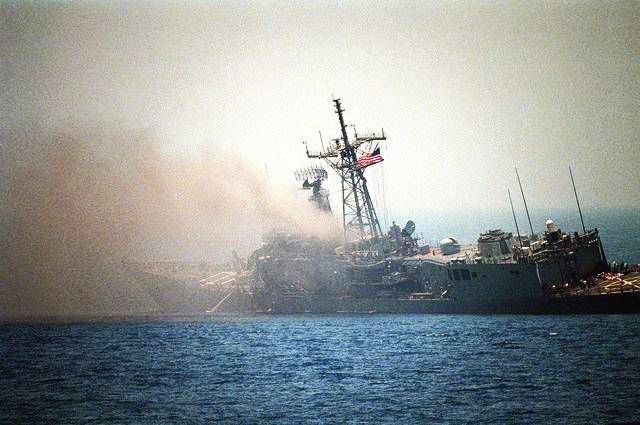
When the Yankees detected the inclusion of the sighting radar of the Iraqi Mirage - all illusions were scattered, the frigate began to prepare to repel the attack. The direction of the threat was known to within one degree. In reserve, the Yankees had a minute before the launch of the rocket and a couple more minutes to destroy the flying anti-ship missiles. The newest warship of the US Navy, which was in full combat readiness in the combat zone (Persian Gulf, 1988 year). As can be seen in the photograph, the frigate USS Stark successfully shot down both subsonic RCC "Exochet". And then the Yankees drank a glass of coffee and shot down another 10 of Soviet anti-ship missiles "Amethyst"
This is war, comrades. Laugh there is not enough. 37 sailors gave their lives in the struggle for the ideals of freedom and independence. The bodies of two have not found
Anti-submarine frigates "Knox"? Rocket destroyers "Farragut" and "Charles F. Adams", built early 60's? Yes, these clowns and five of us alone, "Granite" will not be shot down.
The huge nuclear "Long Beach" as of the beginning of the 80's stood at the docks of Puget Sound, for many years of repair and modernization.
The only ones who could pose a threat to the Granite pack are four Virginia-class nuclear-powered cruisers and four Kidd-class destroyers. Total 8 ships to the entire world ocean!
However, their bulky beam MU.26 launchers did not differ in high rate of fire, while the AN / SPG-60 based SLA made it possible to bombard targets with EPR = 1 square. a meter at a distance as much in 10 miles.
Director with manual guidance of the LMS Mk.115 of the SiSperrow anti-aircraft complex, aircraft carrier "D. Eisenhower", 1981 year
The first Ajidis cruiser Tikonderoga was born only in the 1983 year, but instead of the UKP MK.41, it still had outdated Mk.26. And the Ajis military information system itself was notable for its remarkable intelligence and ingenuity - in 1988, the cruiser Vincennes slammed the Iranian passenger Airbus, identifying it as a fighter.
Typical AUG of those years, even in ideal conditions of the landfill, with the massive use of air defense missile systems and EW equipment, could not knock and divert even the 1 / 3 declared amount of Soviet missiles 70-120 from the course.
At a time when the Soviet Navy, using a combination of several SSGNs and diesel engines with the Kyrgyz Republic, could provide quite a weighty volley from hundreds of anti-ship missiles, filling them with the entire American warrant. Aircraft carrier destroyers
auxiliary ships and high-speed supply vehicles ...
A pair of dozens of broken through "Amethysts", P-6, "Malachites", "Granites" and so on. "Cobblestones" will be enough for everyone.
Here they are, "knocks":
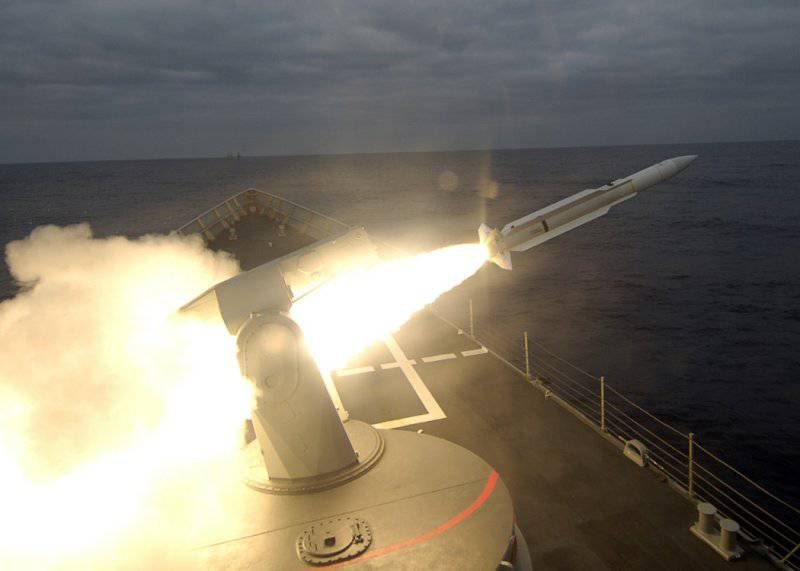
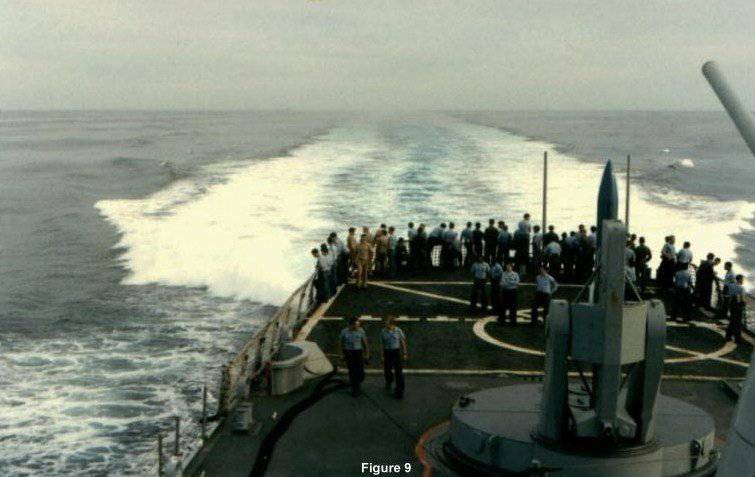
What can I add here ... It’s impossible to guarantee anything in our life. But submarines, a priori, are the most secretive and dangerous sea adversary - for 100 years from the moment of their appearance, no means have been found of effectively counteracting the underwater threat.
American boats brazenly listened to Soviet communication cables in the Sea of Okhotsk and the White Sea - where water and air were buzzing from ships and aviation Navy of the USSR. British boats cut off sonars behind the stern of Soviet anti-submarine ships (Operation Waitress, 1982). Russian boats suddenly surfaced in the middle of NATO anti-submarine training areas and wound on the screw the antennas of secret sonar stations in the middle of the US Navy's guarded landfills.
Millions of square kilometers of sea surface, salt water column - who can predict exactly where the invisible underwater killer is hiding at the moment?
All successes in the detection of submarines - no more than an accident. In 2005, an elderly Swedish Gotland-type naval submarine on the Joint Task Force Exercise 06-2 exercises was able to penetrate the AUG warrant, led by the aircraft carrier Ronald Reagan, undetected inside. The Yankees were so excited about what happened that for two years they leased a Swedish submarine, trying to understand how this underwater plague could pass through all the cordons and lines of the PLO.
We have no “Gotland”, but there are “Varshavyanka”. These "black holes" of the oceans. And you say it is impossible, 50-60 is miles ...

These are the funny jerseys worn by the sailors of the Valrus submarine of the Nider Netherlands. At the international exercises JTFEX-99, they managed to take pictures of the American AUG ships near 9 and leave unnoticed. In real combat, this meant the loss of at least one US Navy ship from a small diesel-electric submarine, which is a good result.
How was the 32-35 km value obtained?
The earth is round, the radio waves emitted by the AN / SPY-1 radar propagate in a straight line. Where is the conditional horizon line, because of which Onyx will suddenly appear? And behind it the second, third, fourth rocket ... The range of the horizon (radio horizon) is calculated using the well-known formula:
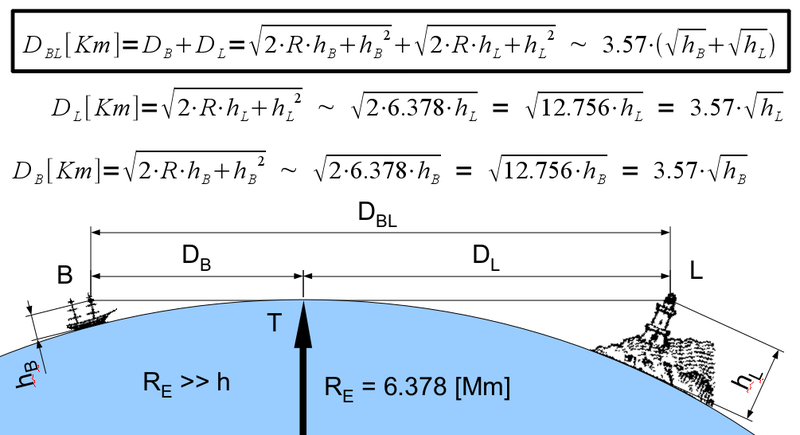
The installation height of the AN / SPY-1 antenna arrays on the Orly Burke is just 15 meters above the waterline. This is considered an indecently low result and a major flaw in the supersweeper.
The detection range depends on the profile of the flight of the rocket. Accurate data on domestic missiles are classified, so we will choose a neutral example - the famous American anti-ship missile "Harpoon".
"Harpoon" flies in the direction of the target at a height of 15 meters, guided by the data of radio altimeter and INS. The radar head of the rocket confidently seizes a destroyer / frigate class target from a distance of 10 km - then, the Harpoon sharply drops to a height of 2-5 m above sea level and lies on the combat course. Already when approaching the target, a cunning rocket performs a “slide” and hurts the enemy into the deck or superstructure.
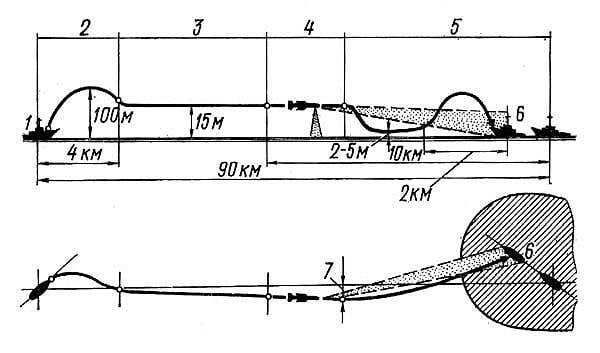
The basic one weapons The 885 Pr Yaben submarines should be made of the Kaliber missile complex (and not the obsolete Onyxes that A. Nikolsky took in his calculations). If you build a calculation based on open data on the Caliber (march 15-20 m altitude), the rocket and the Burke radar will, at best, detect each other when the rocket rises above the radio horizon - at this moment Caliber "Will be at a distance of about 30 km from the side of the destroyer.
Next, there will be a separation of the main stage of the rocket with the warhead, with its subsequent transition to the PRC and acceleration to three speeds of sound. The task of the destroyer becomes more complicated - will the AN / SPY-1 radar succeed in effectively tracking such a fast small target? While it will not be one - in the ammunition submarine "Ash" includes 24 KR complex "Caliber".
Intercept "Calibers" to be RIM-162 Evolved Sea Sparrow Missle.
Lightweight ESSM is specially designed to replace the heavy “Standerd-2” for intercepting modern anti-ship missiles - gas-dynamic control surfaces, short wings extended along the body, less inertia. Speed up to Xnumx. Maneuvering with overload up to 4g is allowed. The maximum interception distance is 50 km. Minimum - 50 km. Vertical launch, storage - 1,5 missiles in a single cell UVP.
Of particular interest is the time of the reaction of "Aegis" to the threat - how much time will pass from the moment of detection of the flying Caliber before the first ESSM antimissile will leave the launcher.
How long will it take for the destroyer computers and radars to determine the parameters of the speed low-altitude target, take it to escort and output the data to the monitors of the combat information center?
After how many seconds the duty officer BIC, dropping a glass of coffee on the floor, recheck the information and give the command to repel a rocket attack?
How long will it take to prepare for the launch of an ESSM rocket (opening the lid of the CIP, turning on the on-board computer, promotion of the INS gyroscopes)?
Next, the rocket with a buzz will rise up a few tens of meters and turn in the air towards the target. Time has gone ...
Suppose that the experienced and disciplined crew of the destroyer "Berk" will spend exactly 10 seconds on all movements - this corresponds to the time during which you read the previous paragraph. During this time, the "Caliber" combat stage, moving at a speed of> 800 m / s, will approach the destroyer at a distance of 20 km.
The American destroyer has 25 seconds left.
And there are a lot of rockets - after all, a boat can shoot in a salvo with another boat ... (or someone is seriously convinced that to intercept the most powerful squadron of 10 warships of the US Navy — an aircraft carrier, destroyers and frigates belonging to the AUG, ship)?
I agree. Let's fill this "gap"
"Aegis" even in theory is not able to provide simultaneous firing of hundreds of air targets.
The AN / SPY-1 multi-function radar is capable of programming autopilots up to 18 of anti-aircraft missiles on the flight path and simultaneously firing aerial targets to 3 - according to the number of AN / SPG-62 radar.
The reality turned out to be even worse - the Orly Burke radars are grouped as follows:
- course angles covers one radar;
- protect the stern two;
- in an ideal situation, strictly perpendicular to the side of the destroyer, all three SPG-62 can participate in repelling an air attack.
As a result, “Burke” in the real battle of the entire 1-2 guidance channel for anti-aircraft missiles when attacking from one direction. The duration of the “illumination” of the target, which is necessary for missile guidance - 1-2 seconds. The probability of destroying a single missile target is considered to be within 0,6 ... 0,7.
Further, while IGIS "Aegis" receives confirmation of the destruction of the target, while transmitting a new task to SPG-62, the radar will turn around and direct the beam to the indicated sky sector (in SPG-62, the azimuth and elevation change occurs mechanically - the rotation speed of the 72 platform / sec).
It would seem that five to ten seconds for the whole process ... but, this is at that critical moment when the destroyer crew has less than half a minute left! And above the surface of the gray ocean, almost cutting off the tops of the waves, three or four dozen supersonic rockets rush.
Launching 69 anti-aircraft missiles with semi-active guidance in 37 seconds, with all 18 guidance channels available (and 1-2 at the final stage of the flight), without taking into account the reaction time of the complex, this is simply an affront to common sense.
Of course unlikely. Considering all of the above ...
"Aegis" can be improved in anything except the interception of low-flying targets. American sailors are facing obstacles in the form of fundamental laws of nature - the AN / SPY-1 radar operates in the decimeter range (S) - it is ideal for detecting targets at high altitudes and in the atmospheric space, but it doesn’t distinguish small-sized missiles flying against the background of water (horizon search).
The Yankees raped the radar software several times, blocked the interference and increased the number of beams in the selection of moving targets (Doppler shift), but they did not succeed in achieving acceptable results in the scanning mode of the horizon with a narrowly directed beam suppressing side lobes.
Dear author, who asserted that Aegis had learned to hit targets like the Mosquito (the 90M speed, 2,9 meters altitude) as far as 10, could you give specific evidence of such miracles and references to tests of the US Navy?
Excuse me, but what about the European PAAMS? Or Japanese ATECS? On British, French, Italian and Japanese destroyers, radars with active phased arrays, operating in the S and X bands, have long been installed to control the airspace at long and near distances. Even 10 years of developed European countries have adopted a family of Aster anti-aircraft missiles with active homing heads (they do not need shipborne radar to "highlight" the target).
4 April 2012 on the missile test site of the French General Armaments Agency (Direction générale de l'armement) near the island of -le-du-Levant near Toulon, the frigate of the French Navy Forbin, equipped with the PAAMS, made a successful interception of the low-altitude supersonic target. Drone GQM-163A Coyote, flying at a speed of 2,5M at an altitude of less than 6 meters above the crests of the waves!
As for the American "Aegis", it is ... long outdated
And here RIM-161 Standard Missile 3?
The three-stage interceptor missile, the 3 Standard, is NOT INTENDED to destroy aerodynamic and ballistic targets in the Earth’s atmosphere. Her path - low near-earth orbits - everything that is above the Karman line. The Kinetic Warhead "Standerd 3" is a suborbital space probe with its own engine - it is completely useless to use such weapons against anti-ship missiles.
First, not an aircraft carrier, but a naval air defense system consisting of five powerful anti-aircraft platforms - Aegis-destroyers of the Orly Burk type.
Secondly, we really crushed it.
PS
About how many hits of the Caliber missiles will be required for the guaranteed destruction of the aircraft carrier and how great the cost of the Nimitz is compared to domestic submarine cruisers will be described in another article.
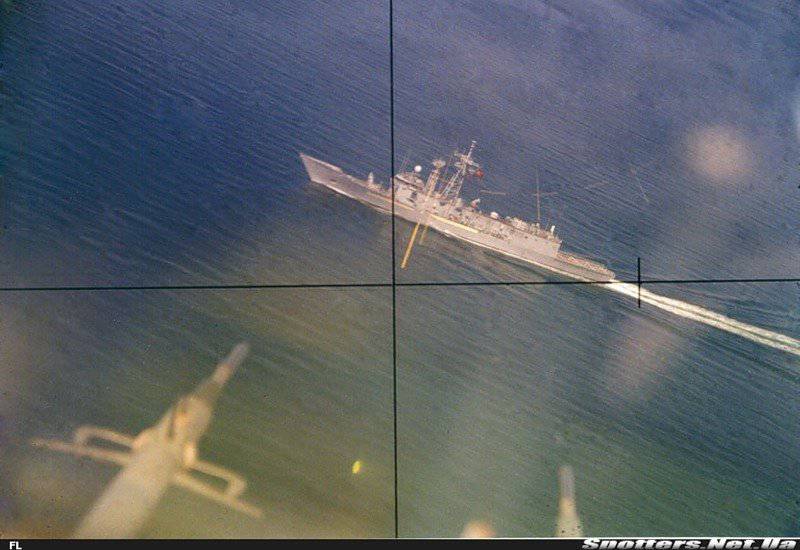
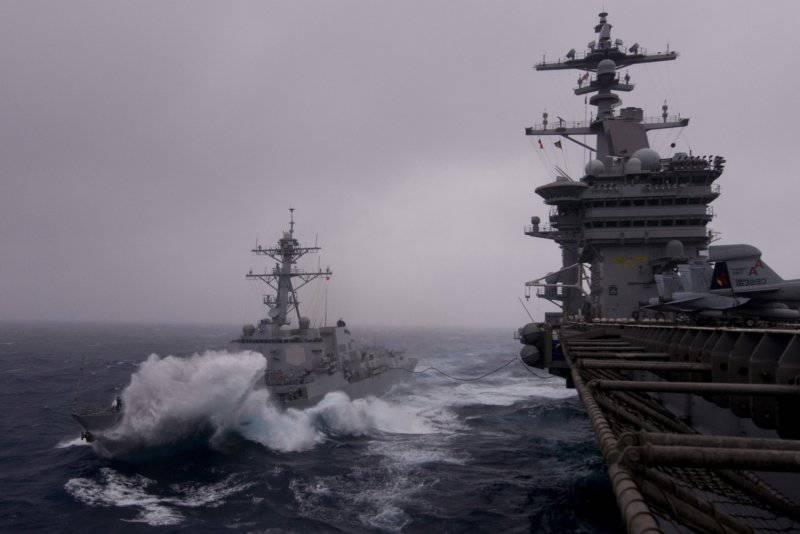
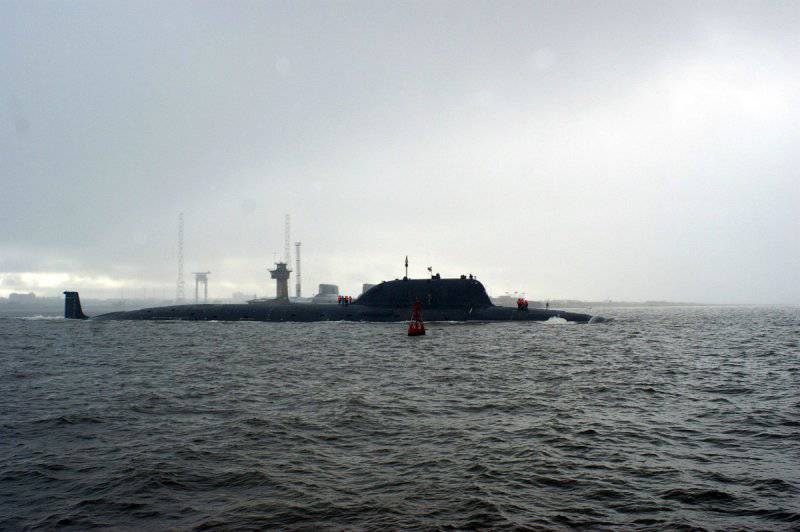
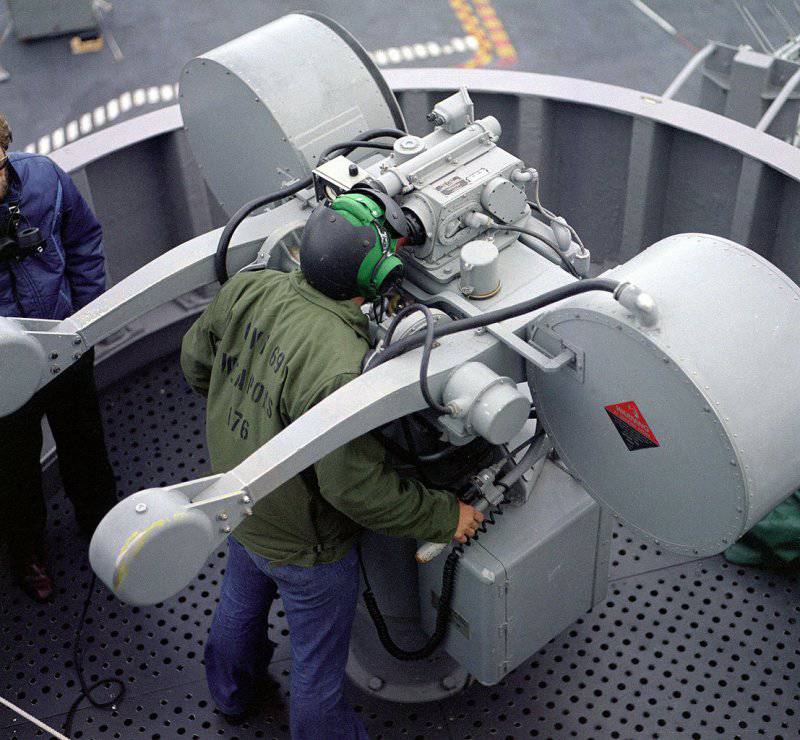
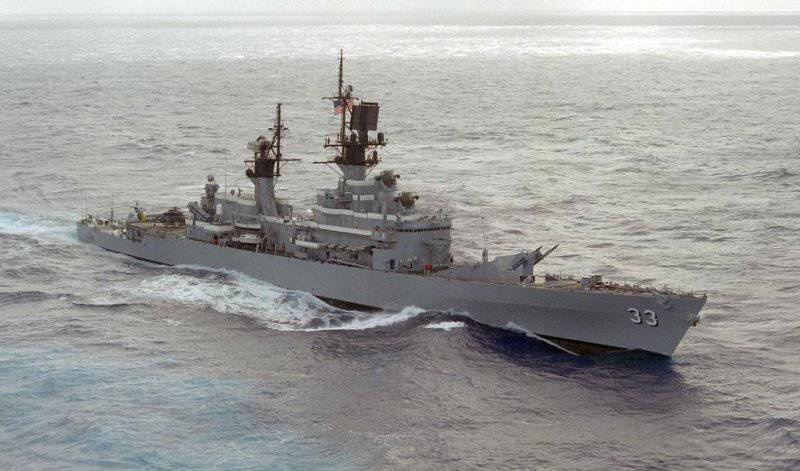
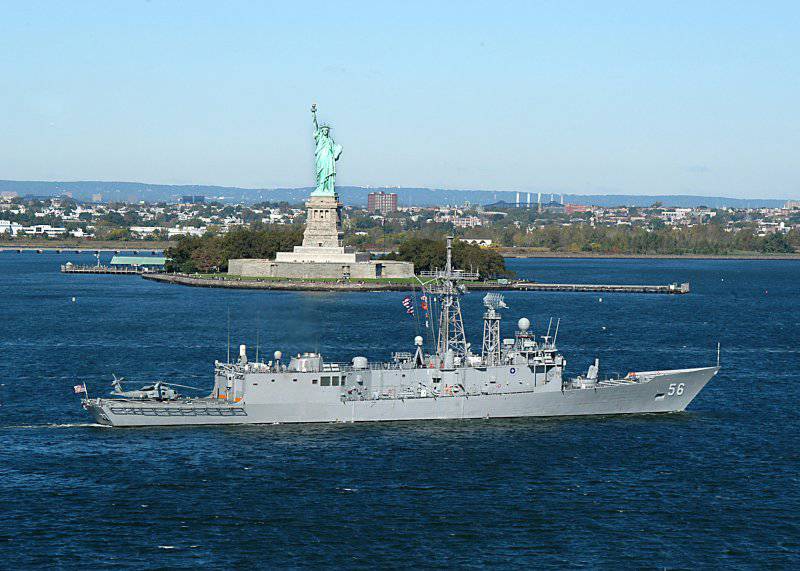
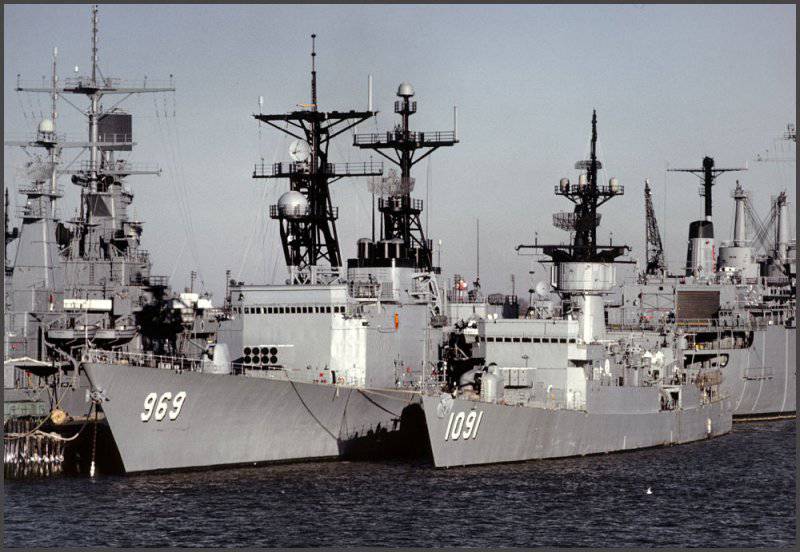
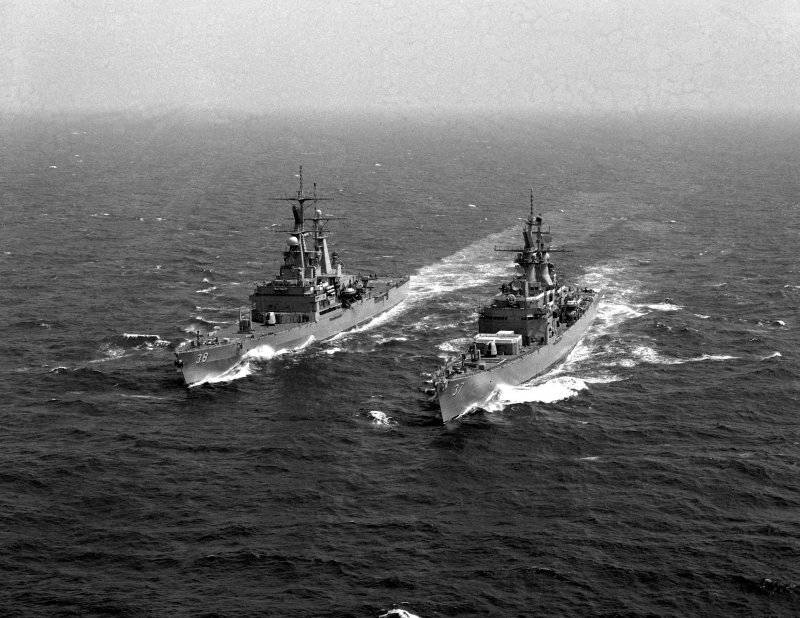
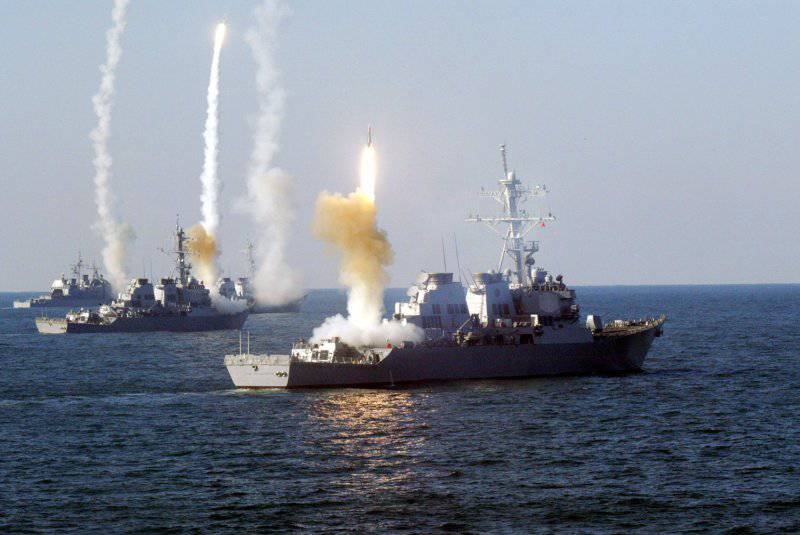
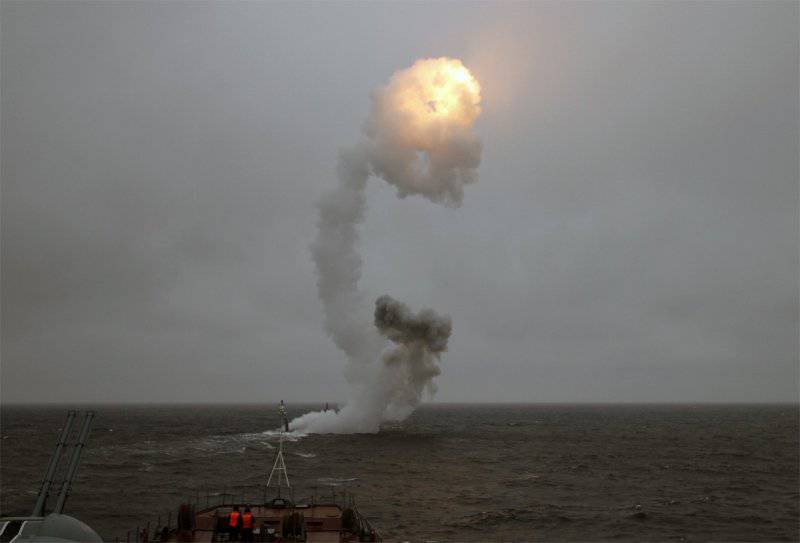
Information